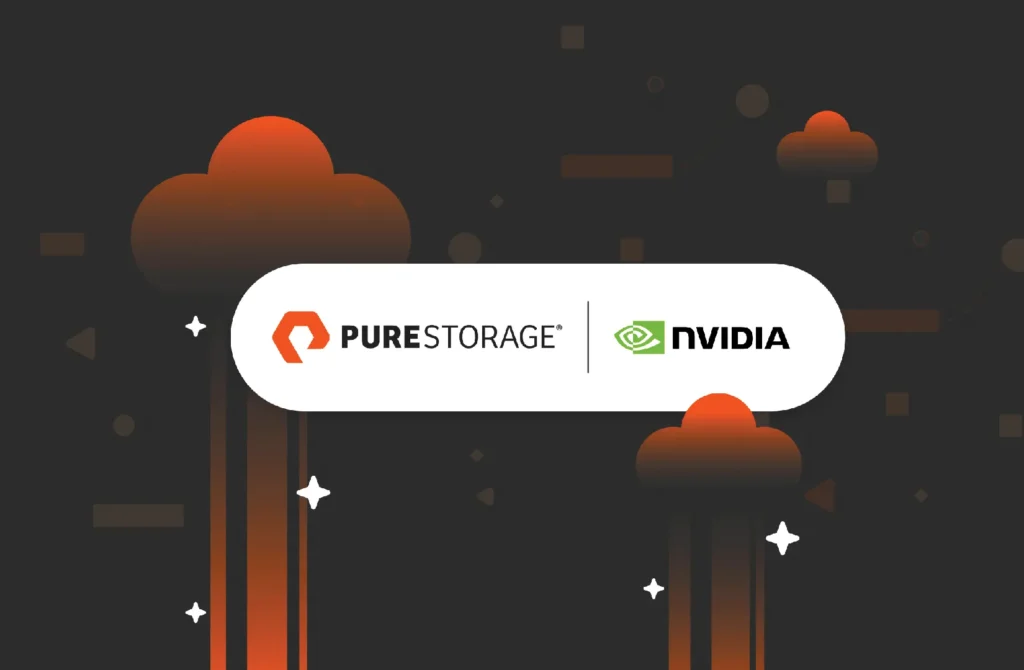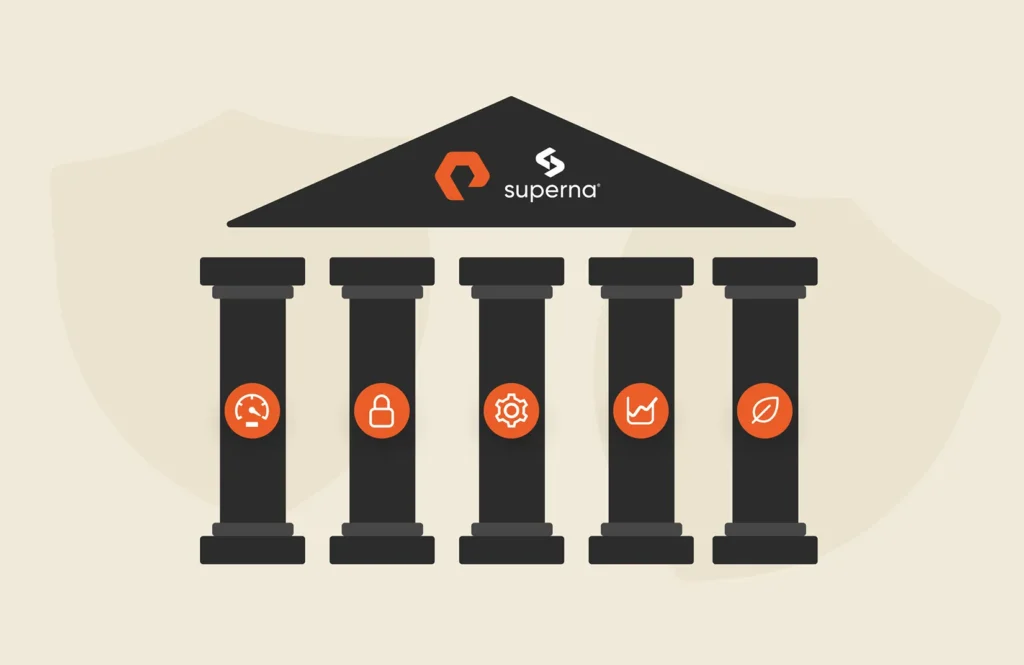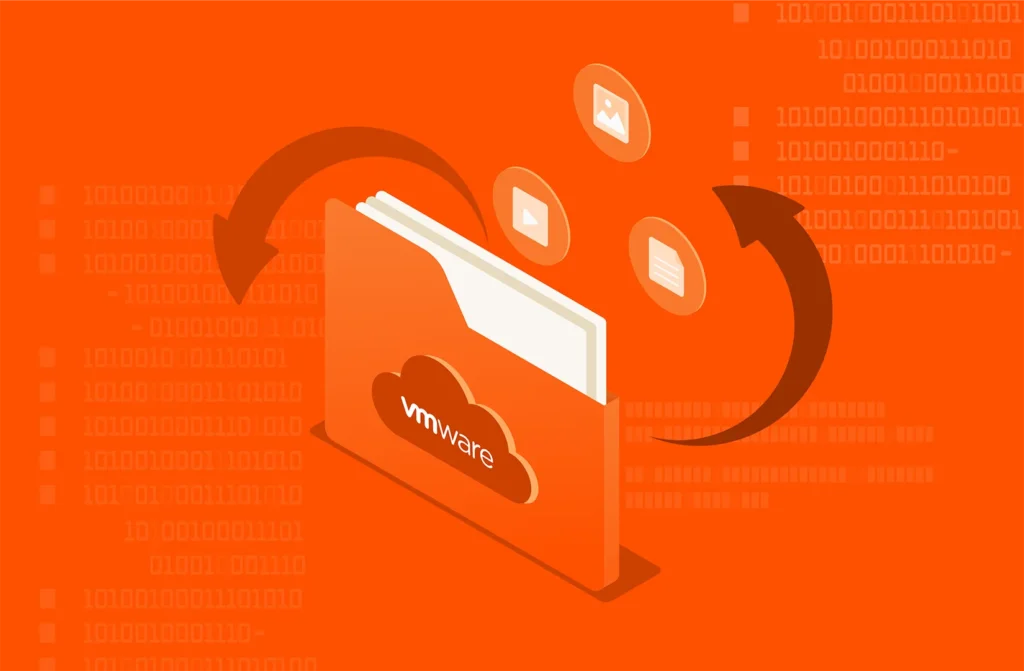Summary
From finance to manufacturing, the integration of retrieval-augmented generation (RAG) with AI can help organizations enable faster decision-making, reduce operational costs, and enhance customer trust. However, they’ll need the right data infrastructure to support it.
What is retrieval-augmented generation (RAG)? This AI technology is transforming how businesses harness generative AI (GenAI), securely bridging the gap between static large language models (LLMs) and dynamic, real-world and owned data. By integrating proprietary knowledge with AI, RAG enables organizations to deliver accurate, context-aware insights while avoiding costly hallucinations and inaccuracies.
Why RAG Matters for Business
For enterprises looking to not just adopt AI but also turn it into tangible business advantage, generative AI has presented some unique challenges. Traditional LLMs often struggle with generic responses. RAG addresses this by grounding AI in authoritative, up-to-date data, making it more cost-effective than retraining models and improving accuracy in domain-specific tasks.
The result is faster decision-making, reduced operational costs, and enhanced customer trust—all evidenced in the industry-specific examples below.
Real-world RAG Use Cases: From Healthcare Data to Retail ROI
1. Financial Services: Enhanced Risk Analysis
Know your customer (KYC) and anti-money laundering (AML) compliance are persistent challenges for financial institutions. The integration of generative AI with RAG offers a powerful solution to enhance these critical functions. By combining LLMs with RAG, financial services companies can significantly improve KYC/AML workflows, leading to increased efficiency, accuracy, and scalability while reducing risk.
Financial institutions cannot afford AI inaccuracies or latency in fraud detection. Pure Storage is working with NVIDIA to help enterprises optimize their AI efforts with RAG. The secure architecture of Pure Storage ensures LLMs retrieve encrypted transactional data without compromising compliance, while NVIDIA’s NeMo Retriever enables sub-millisecond query responses across vast data sets. This transforms AI from a cost center into a profit driver—every second saved in fraud prevention protects revenue, and every accurate investment insight unlocks new opportunities.
Problem: Off-the-shelf LLMs lack access to proprietary financial data, leading to potentially generic or inaccurate insights.
RAG solution: A bank can reduce fraud detection time by analyzing transaction patterns against historical fraud cases. Financial analysts can access the latest market trends for risk assessments. Portfolio managers can accelerate investment research using AI-driven synthesis of earnings calls and SEC filings.
How: Financial firms can integrate transactional records, market feeds, and compliance documents into a vector database, leveraging Pure Storage® FlashBlade//S™ for real-time querying of petabytes of data.
2. Healthcare: Precision Patient Care
In the fast-paced world of healthcare, every minute counts. Healthcare AI depends on data freshness and speed to provide timely and accurate diagnoses, which can be the difference between life and death. However, medical staff often spend hours manually reviewing complex patient records, a process that not only delays treatment but also increases the risk of errors. A faster diagnosis could mean more patients treated, fewer errors, and measurable improvements in outcomes, all while maintaining strict HIPAA-grade data governance. For health systems, this isn’t just about efficiency—it’s about scaling expert-level care.
Problem: Manual review and delays: Imagine a scenario where a patient arrives at the emergency room with symptoms that require immediate attention. The medical team must quickly sift through electronic health records (EHRs), imaging data, and research papers to make an informed diagnosis. This manual process is not only time-consuming but also prone to human error, potentially leading to delayed or incorrect diagnoses.
RAG accelerates diagnosis and compliance: RAG technology addresses these challenges by leveraging advanced AI capabilities to cross-reference patient records with clinical guidelines. By integrating EHRs, imaging data, and research papers into a unified platform, healthcare providers can significantly reduce diagnosis time and improve compliance with established medical protocols. This means that patients receive evidence-based treatments faster, leading to better outcomes and reduced healthcare costs. Moreover, RAG technology ensures strict adherence to HIPAA-grade data governance, safeguarding sensitive patient information.
How: High-performance storage from Pure Storage could ingest diverse data types into a vector database. This approach would eliminate data silos, ensuring that all relevant information is accessible in real time. GPUs then power rapid data retrieval, enabling AI systems to suggest treatments that align with the latest clinical research and guidelines. This accelerated process matches the fast-paced timelines of clinical decision-making, allowing healthcare providers to scale expert-level care across their networks.
3. Retail: Hyper-personalized Customer Support
In today’s retail landscape, the battle for customer loyalty is no longer just about price; it’s about delivering exceptional experiences. Imagine shopping in a store where every interaction feels tailored to your preferences, every query is resolved swiftly, and every recommendation is spot on. This is the promise of RAG in retail, transforming customer support from a cost center into a revenue engine.
Problem: Traditional chatbots often fall short, providing generic responses that leave shoppers frustrated and disengaged. A customer seeking advice on the perfect gift for a friend might receive a list of irrelevant products, leading to disappointment and potential loss of business. This not only hurts sales but erodes customer loyalty.
RAG solution: When customers feel understood and valued, they are more likely to return and recommend the brand to others. In a competitive market where every interaction counts, RAG addresses these issues with personalization and speed. By integrating real-time customer data, product catalogs, reviews, and purchase histories into a unified platform, AI agents can provide personalized recommendations that are both relevant and timely. For instance, if a customer asks about winter coats, the AI can suggest styles based on their past purchases and current trends, reducing the likelihood of returns.
How: AIRI® infrastructure plays a crucial role by unifying customer data at scale, ensuring that every interaction is informed by the customer’s history and preferences. GPU-accelerated AI agents can then quickly resolve queries, routing complex queries to specialized agents trained on seasonal trends. This dynamic approach would help ensure that customers receive accurate and personalized support, whether they’re shopping online or in-store.
4. Manufacturing: Real-time Supply Chain Optimization
In the high-stakes world of manufacturing, production delays due to supply chain inefficiencies can cost millions of dollars per hour, making it crucial for manufacturers to optimize their operations in real time. However, fragmented data and slow retrieval of critical updates often hinder this goal, leading to costly delays and lost productivity. Manufacturers often overlook how storage latency impacts AI’s ability to act on time-sensitive data, for example, retrieving the latest supplier lead times or warehouse stock levels within milliseconds.
Problem: Fragmented data and delays: Imagine a manufacturer is about to start production on a new model, only to discover that a critical component is delayed due to supplier issues. The lack of real-time visibility into supplier lead times and inventory levels means that production must be halted, resulting in significant financial losses. This scenario is all too common in manufacturing, where outdated supply chain management systems fail to provide the timely insights needed to prevent such disruptions.
RAG solution: Unifying data and predicting bottlenecks: RAG technology can consolidate supplier contracts, IoT sensor data, and inventory logs into a unified vectorized knowledge graph using Pure Storage FlashBlade//S. This infrastructure ensures that RAG models can retrieve the latest supplier lead times and warehouse stock levels within milliseconds, providing the real-time visibility needed to optimize supply chain operations. Meanwhile, GPUs accelerate complex logistic pattern processing, enabling AI to predict bottlenecks by cross-referencing real-time shipping data with historical trends.
Outcome: By transforming supply chains into proactive, self-optimizing networks, manufacturers can significantly reduce production delays, component shortages, and unplanned downtime. This not only enhances operational efficiency but also leads to substantial cost savings, smoother operations, and improved bottom-line performance in a sector where delays can be catastrophic.
The Pure Storage + NVIDIA RAG Advantage: Measurable Performance Gains through a Proven Solution
RAG is not just an AI upgrade—it’s a competitive necessity. However, many enterprises overlook storage’s role in AI. Poor data infrastructure can cripple RAG’s potential. By combining high-performance storage from Pure Storage with accelerated computing from NVIDIA, businesses can gain:
- Accelerated time to insight in analytics-heavy sectors: FlashBlade//S delivers faster vector ingestion compared to local SSDs, slashing RAG pipeline setup time.
- Improved cyber resilience: Built-in encryption and dynamic masking protect sensitive AI inputs/outputs, which is critical for regulated industries.
AI’s accuracy depends on your data infrastructure. Enterprises that pair RAG with modern storage solutions will outpace rivals in the race to AI-driven innovation.

FlashBlade//EXA
Experience the World’s Most Powerful Data Storage Platform for AI
Optimized for AI
Simplify enterprise AI with infrastructure that’s built for it.







